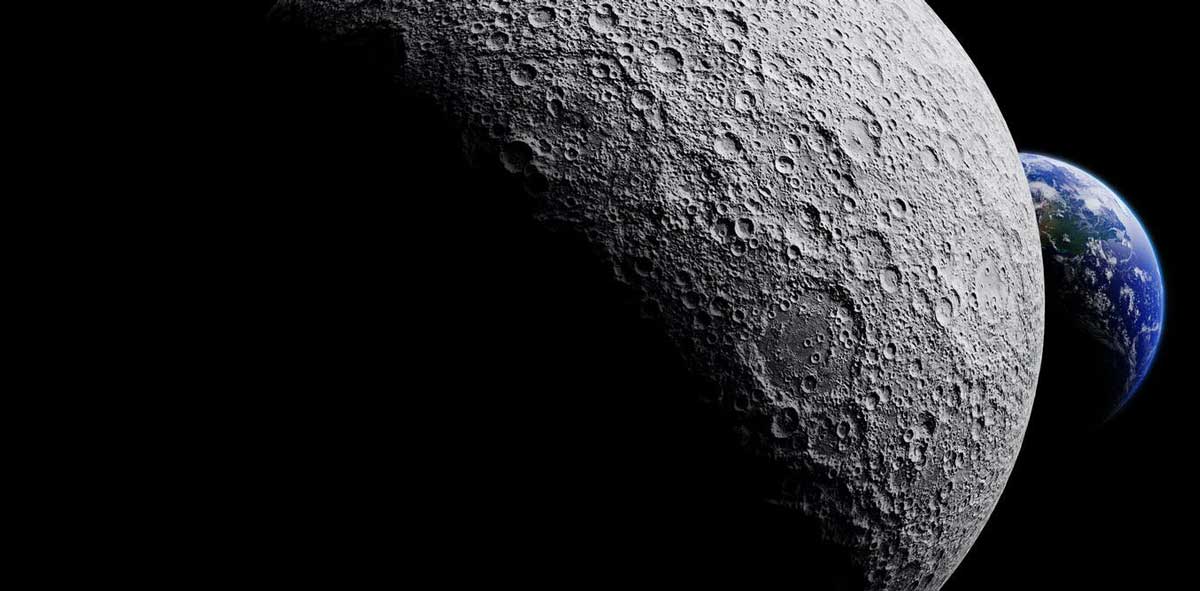NASA’s Orion spacecraft approached the moon Monday morning as it manoeuvred to enter a lunar orbit where it will spend nearly a week.
According to a National Aeronautics and Space Administration live stream, Orion flew just 81 miles above the far side of the moon shortly before 8 a.m. ET. That is expected to be the closest the unmanned ship. It will get to the lunar surface during the nearly 26-day Artemis I mission. It began Wednesday with NASA blasting Orion into space atop a powerful Space Launch System rocket.
Artemis is NASA’s multiyear programme that will return astronauts to the moon’s surface as early as 2025. It will use hardware from Boeing Co., Lockheed Martin Corp., SpaceX, and other companies, and will later carry out other exploration missions.
The current Artemis I mission is intended to be a rigorous flight test of the SLS rocket and the Lockheed Martin-built Orion ship. It will transport astronauts in the future. According to NASA officials, the mission has so far gone off without a hitch.
Orion made a relatively close approach to the moon on Monday after travelling more than 230,000 miles from Earth. The surface skim came after a two-minute and 30-second engine manoeuvre known as the outbound-powered flyby.
The burn harnessed the moon’s gravitational force to assist the vehicle in shifting into an orbit. It was designed to assist Orion in entering an orbit around the moon. There it is expected to spend about six days, according to NASA officials.
NASA said it lost contact with Orion when it was expected to be behind the moon for the flyby manoeuvre. But it reconnected with the spacecraft shortly before 8 a.m. ET.
According to officials, the agency has been investigating a couple of issues that have arisen on Orion. But these have not had a significant impact on the flight. According to NASA officials, the vehicle’s star trackers—sensitive cameras that help Orion maintain proper orientation in space. It provided anomalous data during the first days of flight. The agency has stated that it understands the readings and has made no operational changes as a result.
According to NASA, Orion has completed additional engine manoeuvres and has captured imagery of the Earth and moon. NASA also activated Callisto. It is a technology demonstration of Amazon.com Inc.’s Alexa digital assistant and Cisco Systems Inc.’s video-conferencing software, in the vehicle’s cabin.
Several small research satellites that took a ride to space on the upper part of the rocket have been deployed. Though some of them have caused problems for researchers, according to NASA officials.
According to NASA, Orion will perform another major engine burn on Friday. It will insert itself into its lunar orbit for Artemis I.
The distant retrograde orbit provides the spacecraft with a stable route around the moon. There Orion will not have to use much fuel. While in that orbit, Orion is expected to travel around 40,000 miles beyond the moon at its farthest point.
According to NASA’s current plans, for the potential lunar landing in 2025, Orion would orbit the moon. It will communicate with a SpaceX-developed Starship lander. Two astronauts would board the Starship, which would transport them to the moon. Since 1972, no one has set foot on the moon’s surface.

